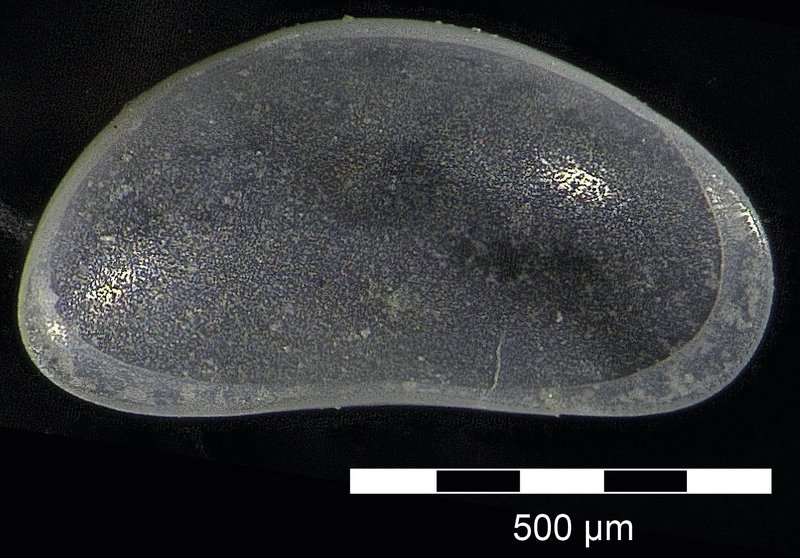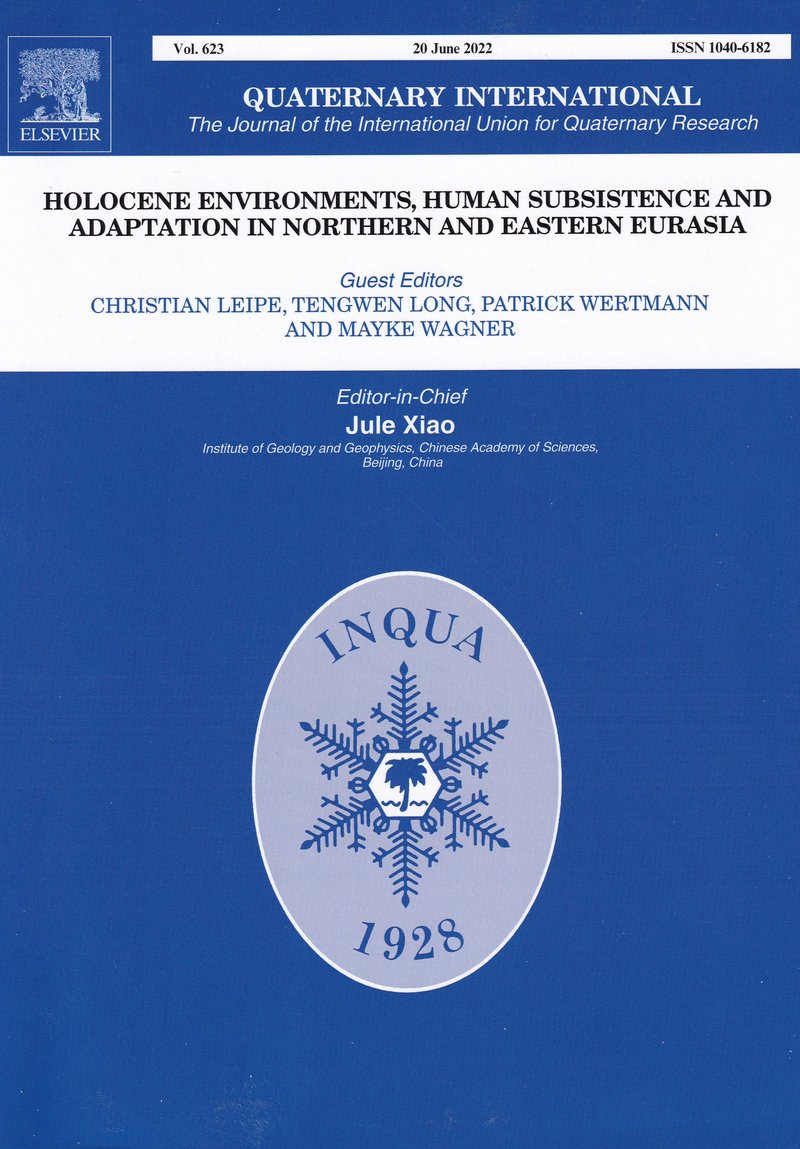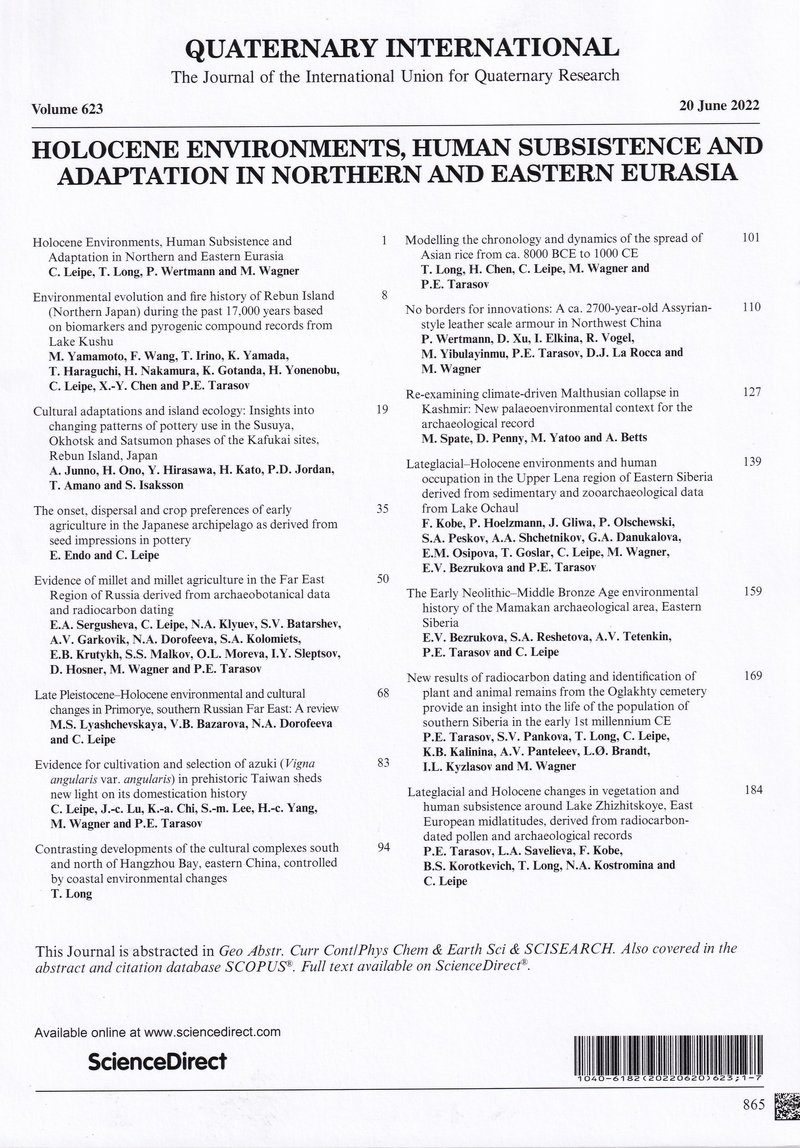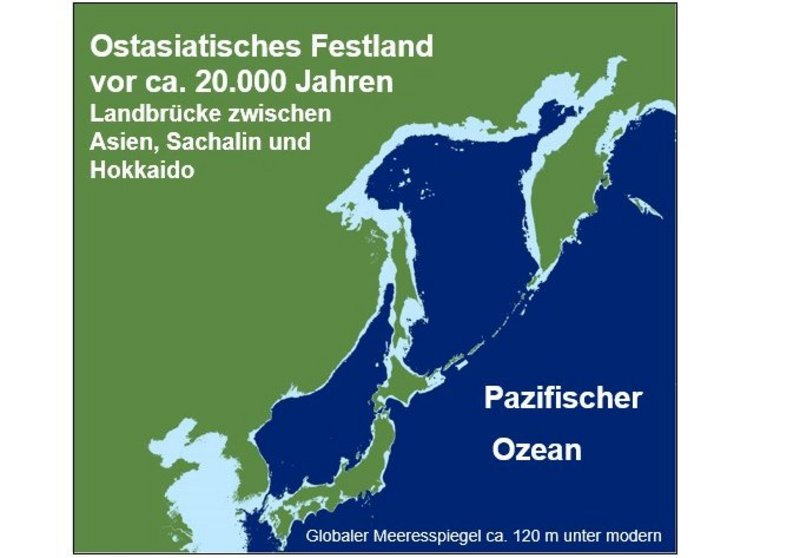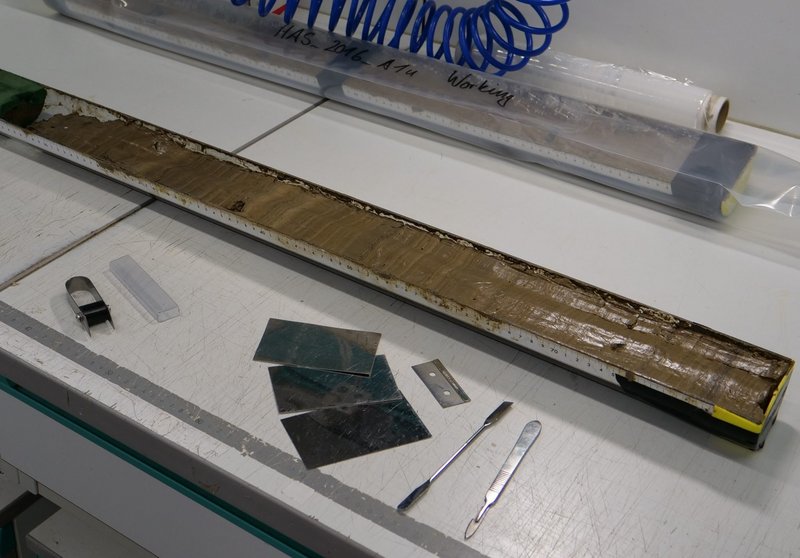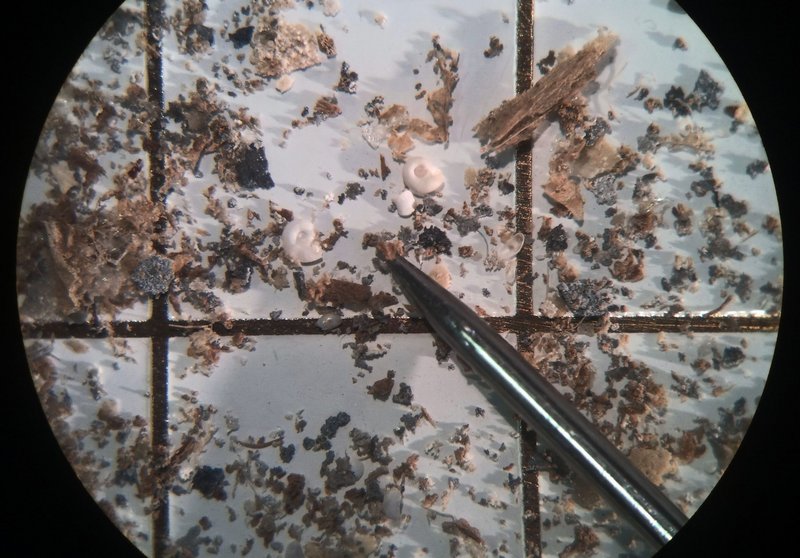Forschung
In preparation for the quantitative reconstruction of climate parameters and their seasonality, J. Gliwa and P. Olschewski tested the concentration and conservation status of ostracods in 35 sediment samples from Lake Ochaul in southeast Siberia, where humans have settled since the Late Paleolithic. Indicator taxa and the shell chemism (oxygen isotopes) of ostracods can provide information on air temperature and precipitation, which we have already used in the Fashion project in northwest China. In total, Ms. Gliwa counted up to about 1000 shells per sample, identified 13 different ostracode species (Fig. 2) and was thus able to prove that the sample material from this drill core is excellently suited for reconstructing the climate of the last 32,000 years in Northeast Asia and offers great potential for further work.
